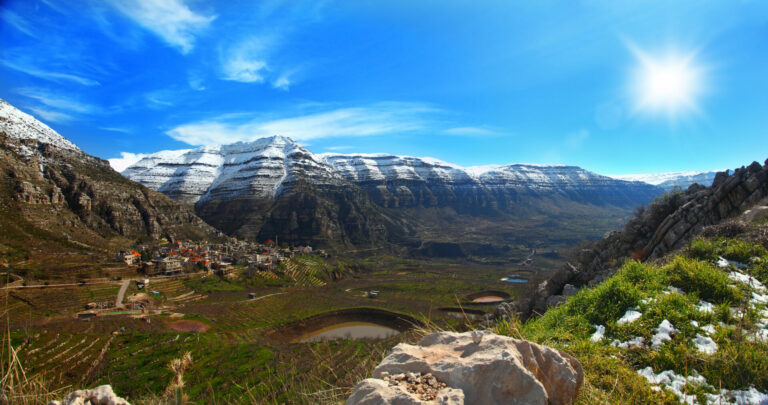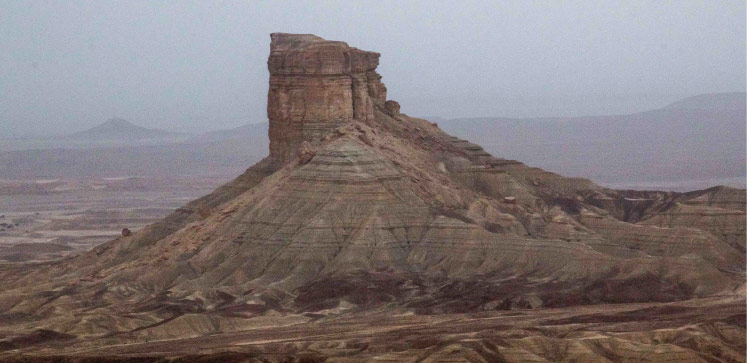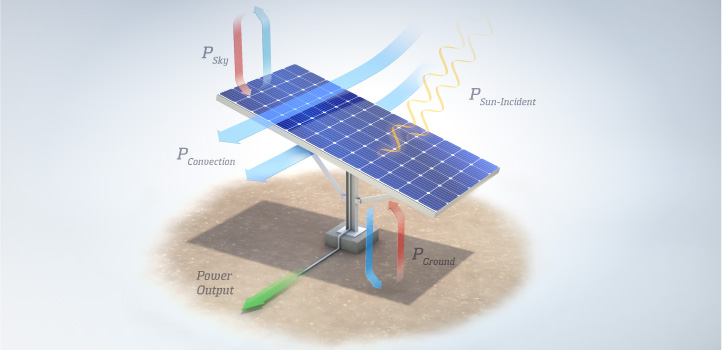Energy Resources and Petroleum Engineering
Seeing through sediment reveals Red Sea tectonics
Modeling of the Red Sea’s underlying geological structure confirms that it is a fully developed ocean.

Geologists have long contested the structure of the Red Sea. Many regard it as an extended rift basin where two continental plates are actively moving apart, while others see it as a fully developed ocean with a mid-ocean ridge and seafloor spreading.
Integrating a variety of geoscientific data, KAUST researchers have demonstrated that most of the Red Sea is underlain by oceanic crust[1]. The Red Sea is therefore a fully developed ocean, and can be viewed as a younger and smaller version of the Atlantic.
“There are two types of crust on the Earth’s surface: ancient continental crust that forms the landmasses, and younger oceanic crust under the oceans,” says Antoine Delaunay, a postdoc in Abdulkader Afifi’s research group. “These two types of crust differ in age, thickness, physical properties and chemical composition, making it possible to differentiate between them using geophysical measurements.”
The Arabian Peninsula initially separated from Africa with the formation of a rift basin. As the two continents drifted apart, water filled the rift basin, and submarine volcanism created new oceanic crust between the continental plates in a process known as seafloor spreading. The research team mapped this transition from a rift, which started around 29 million years ago, to the start of seafloor spreading at around 14 million years ago.
Most of the Red Sea is now covered by sedimentary rocks that hide the nature of the underlying crust. Previous studies assumed that these rocks were static, remaining in the same location as they were deposited.
“We interpreted a wide variety of data to show that these sediments have spread out across the oceanic crust over time, gliding over a mobile layer of salt,” says Afifi.
“Our interpretation shows the depth and extent of the oceanic basement under this sedimentary blanket,” says Delaunay. Furthermore, the researchers were able to show how the midocean ridge segments, various fault structures, and ocean-continent boundaries were constrained by the laws of tectonic plate motion on a sphere.
“This was something that previous work failed to realize,” notes Delaunay. “Our mapping demonstrates that approximately two-thirds of the Red Sea is currently underlain by oceanic crust.”
The KAUST research team continues to investigate other aspects of Red Sea geology, particularly the dynamics of ancient reef platforms and salt flows on the seafloor. They have also uncovered evidence of desiccation of the entire Red Sea during the Messinian salinity crisis, which dried up the Mediterranean Sea between 5.9 and 5.3 million years ago.
Reference
- Delaunay, A., Baby, G., Fedorik, J., Afifi, A.M., Tapponnier, P. & Dyment, J. Structure and morphology of the Red Sea, from the mid-ocean ridge to the ocean-continent boundary. Tectonophysics 849, 229728 (2023). article
You might also like

Applied Mathematics and Computational Sciences
Measuring the impact of desert greening

Applied Mathematics and Computational Sciences
Data-driven regional ocean models essential for planning

Chemistry
Laser treatment boosts battery performance

Energy Resources and Petroleum Engineering
Modeling complex faults on the Sinai-Arabia plate boundary

Energy Resources and Petroleum Engineering
Understanding how gas evolves could help the transition from fossil fuels

Energy Resources and Petroleum Engineering
Pay-off when solar cells can keep their cool

Energy Resources and Petroleum Engineering




